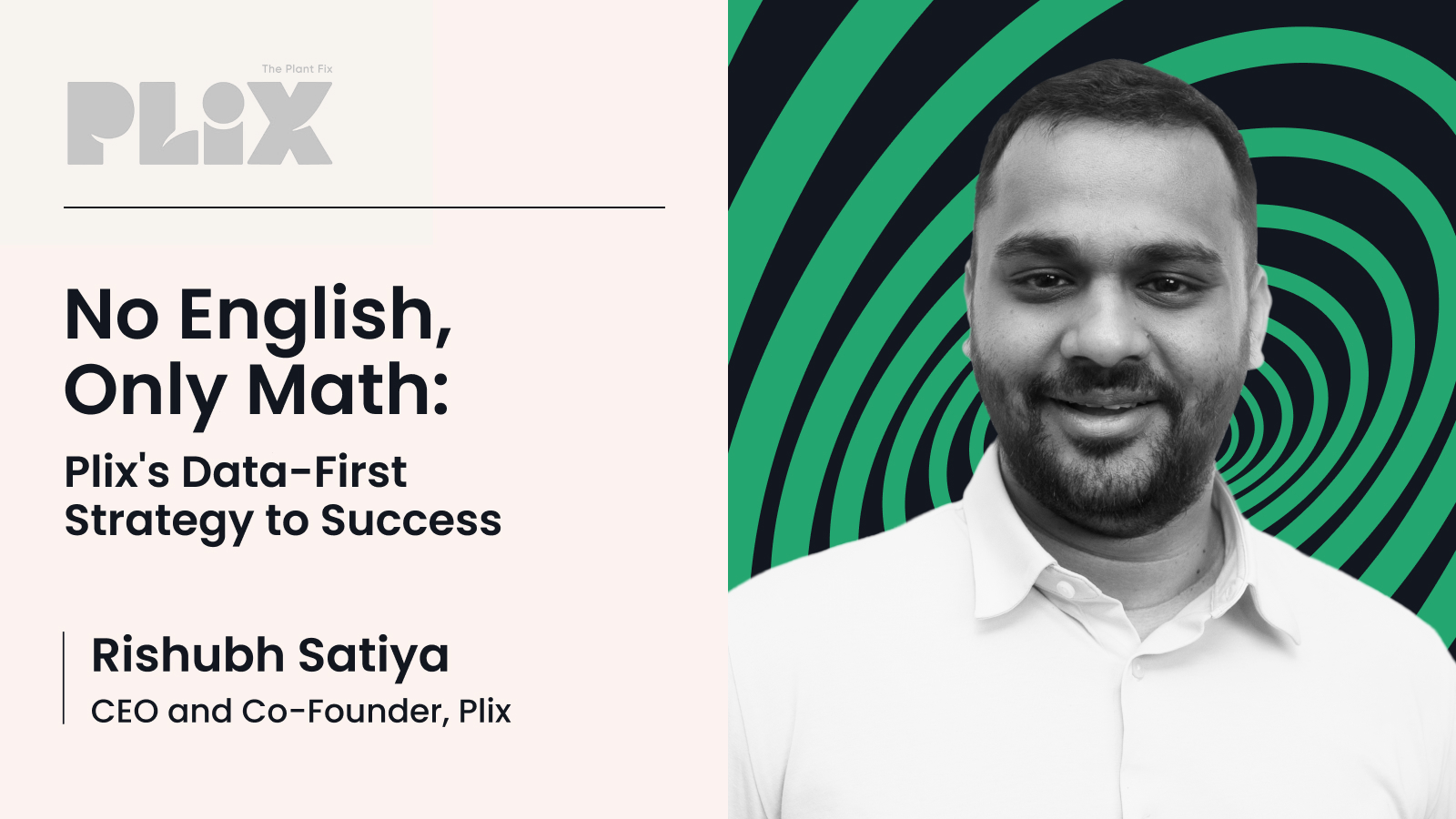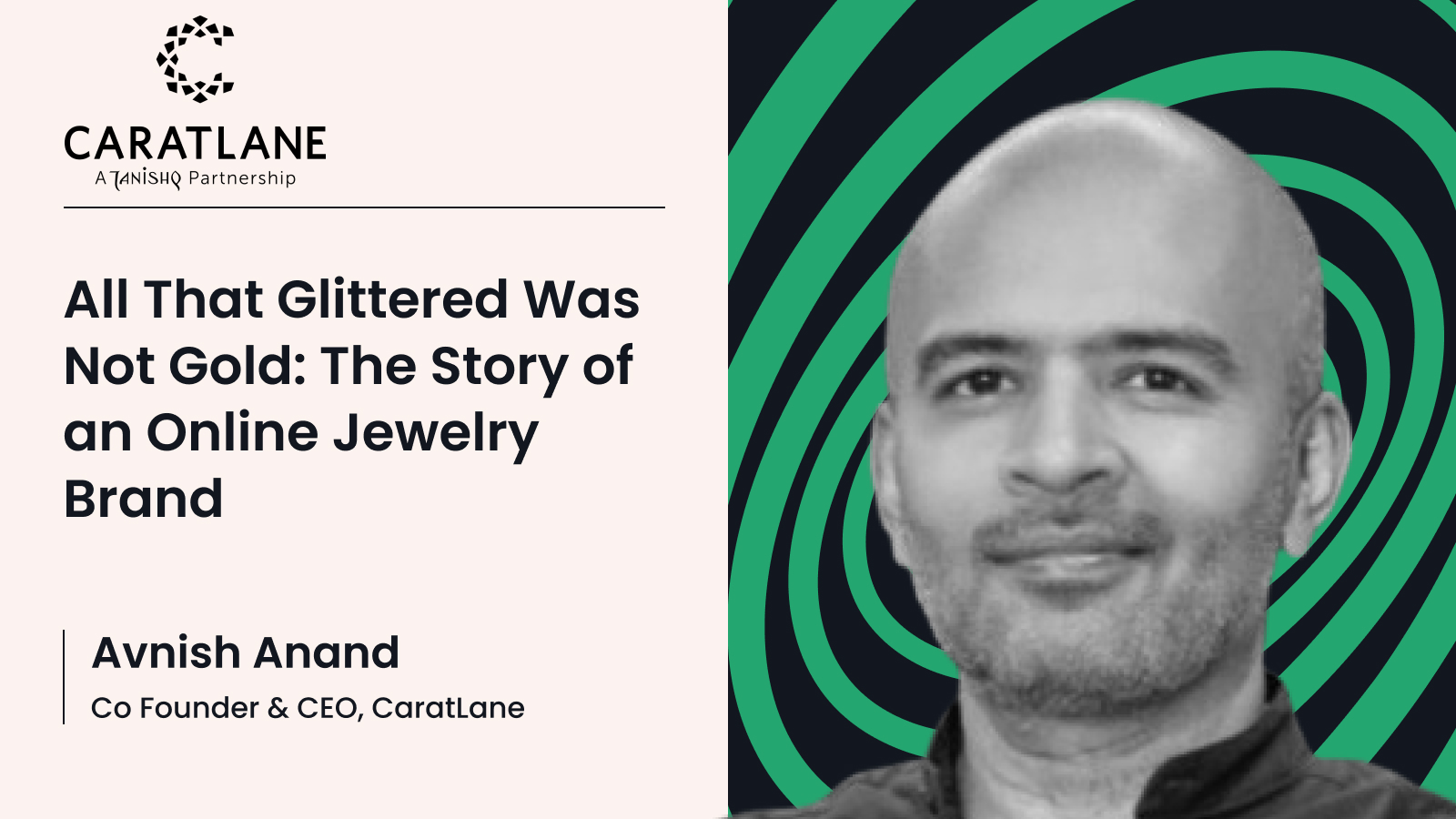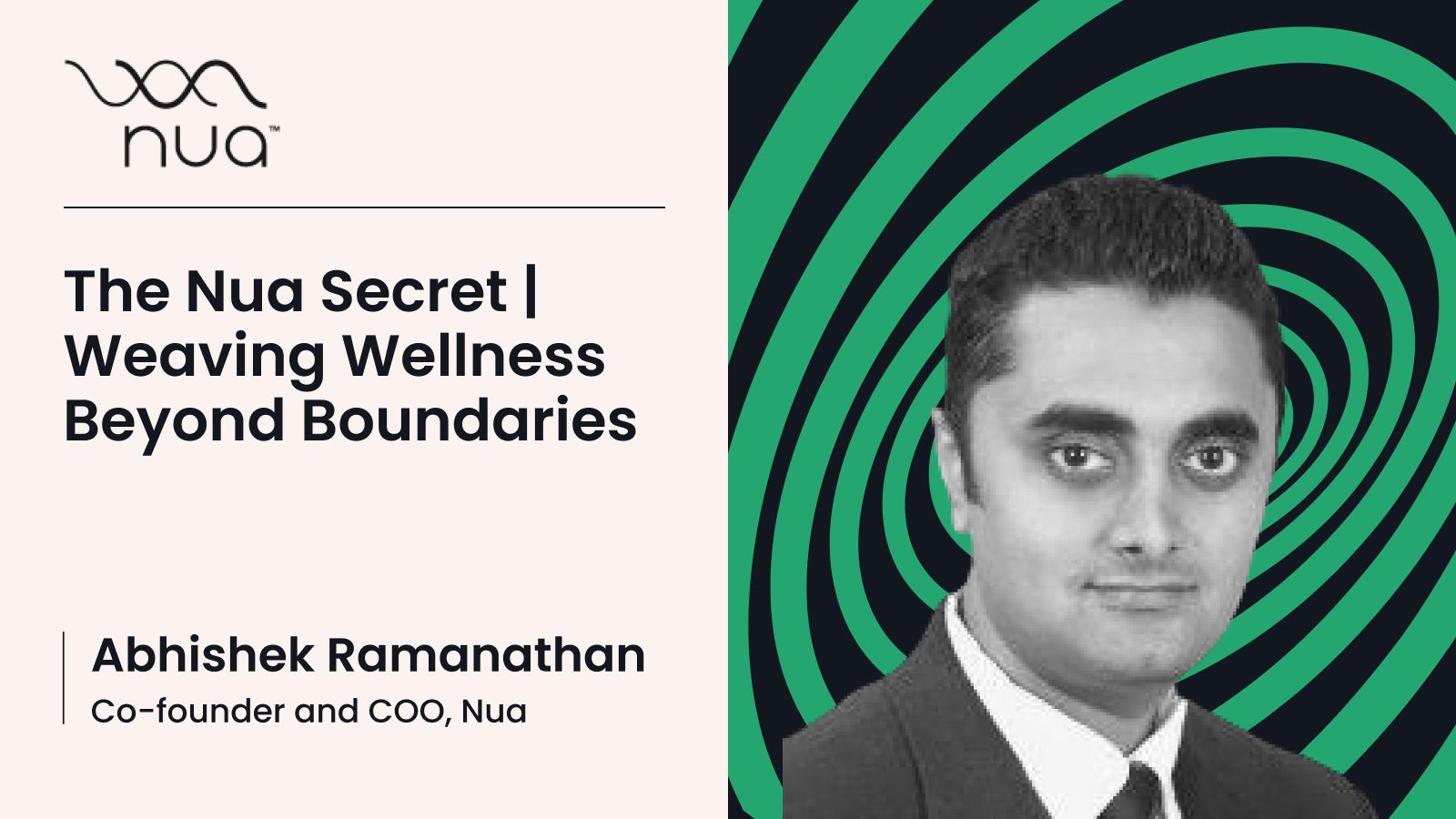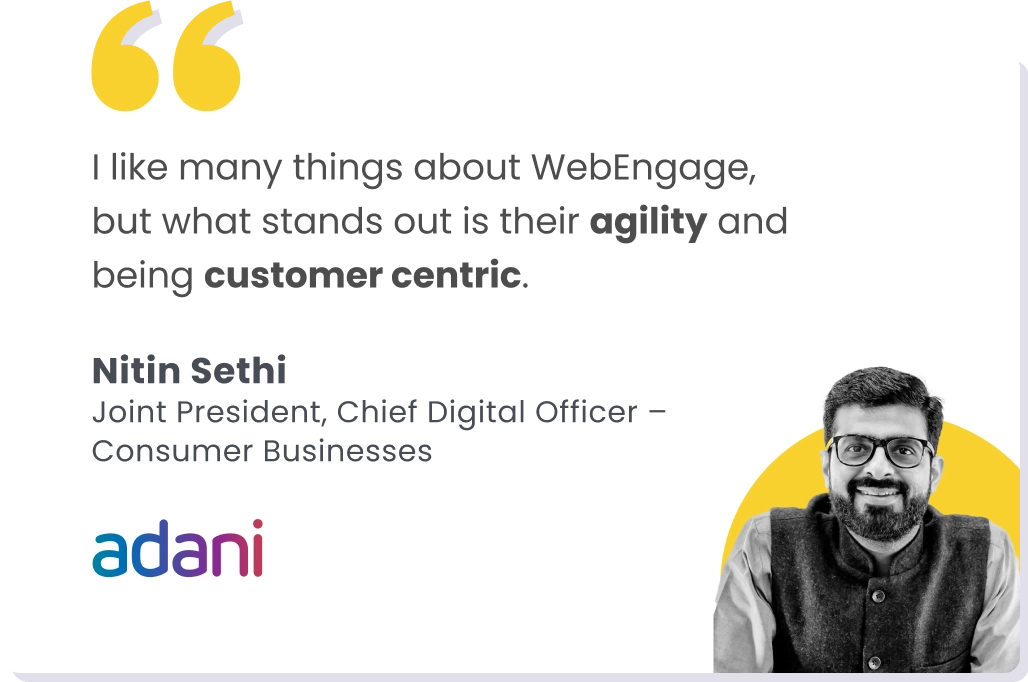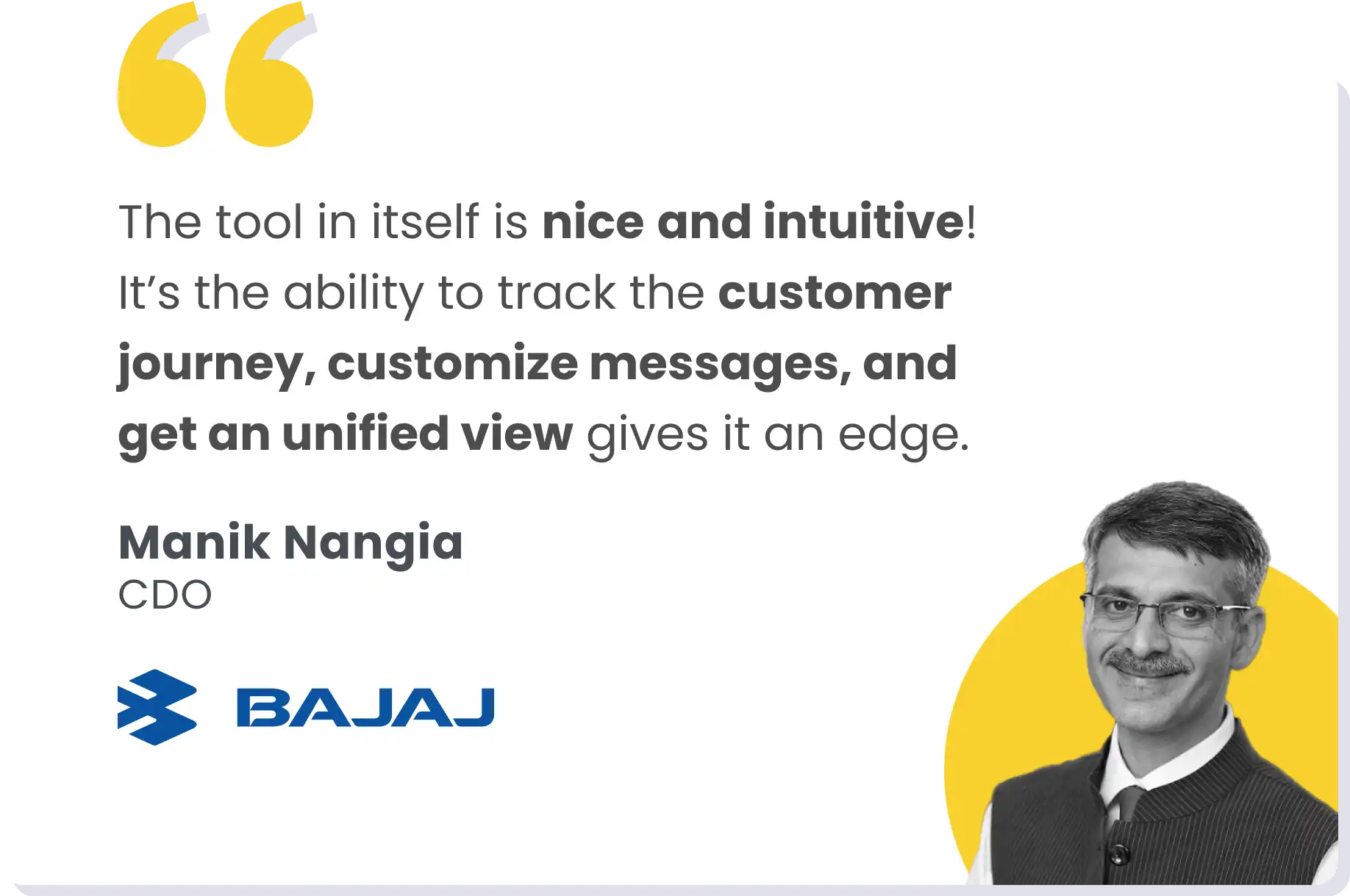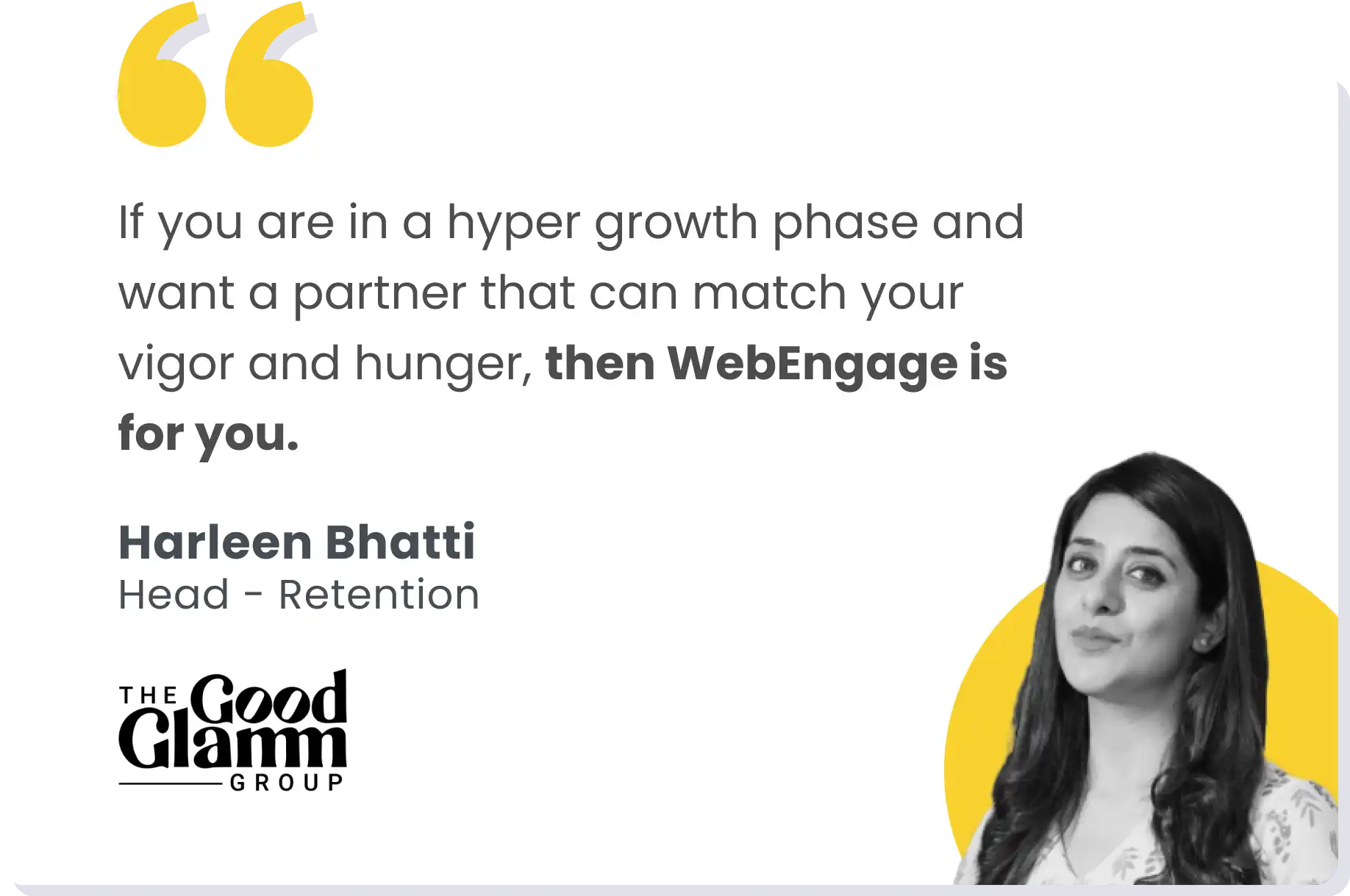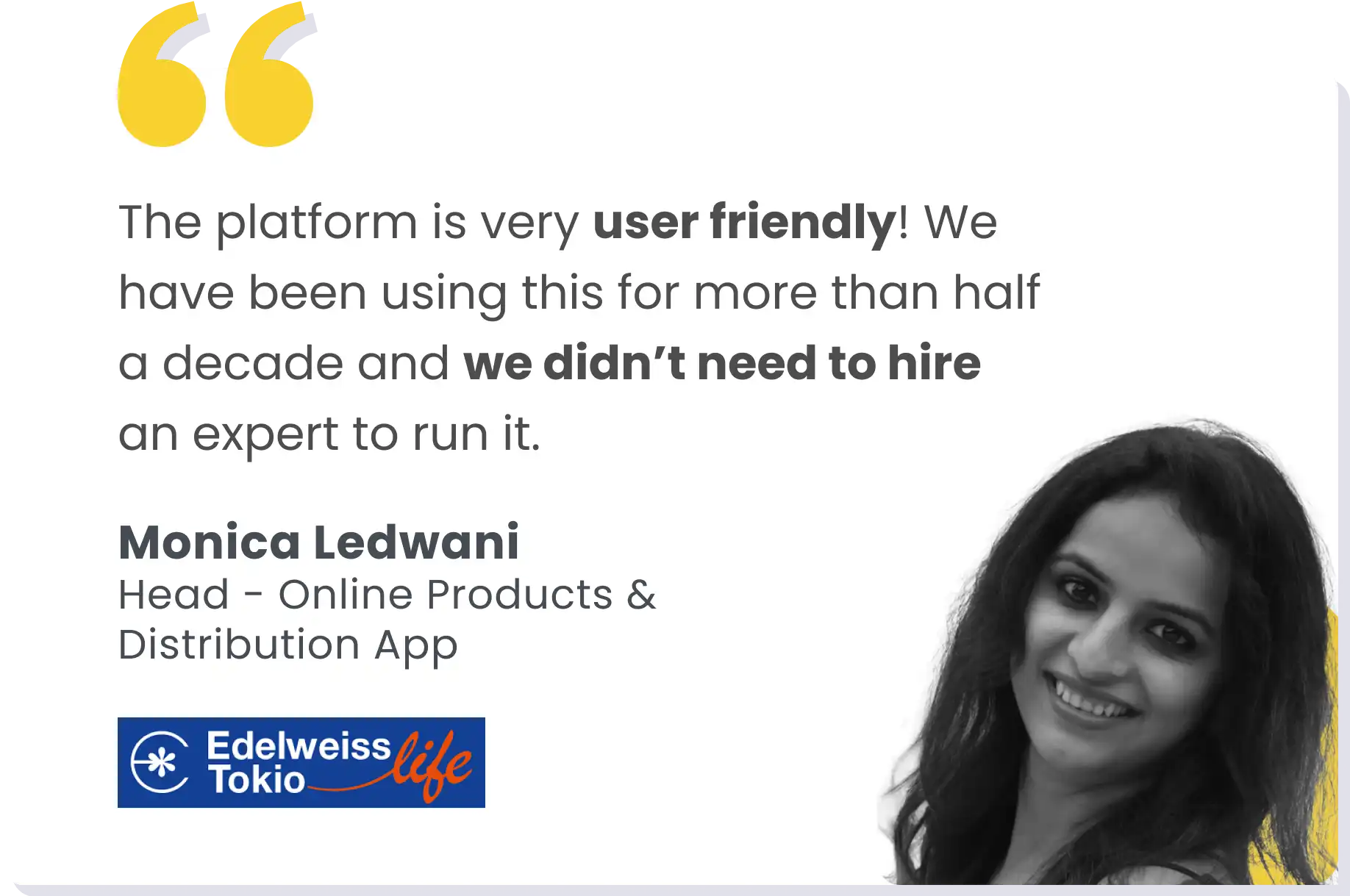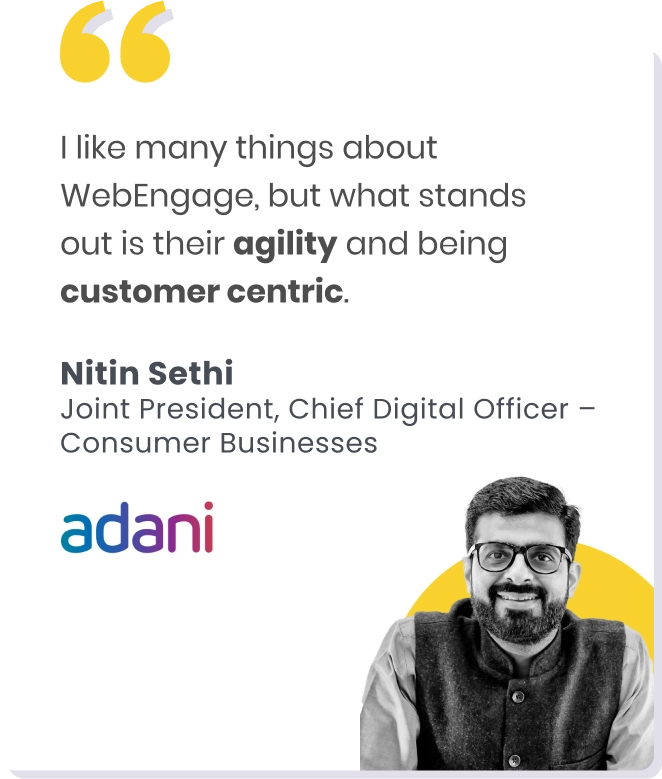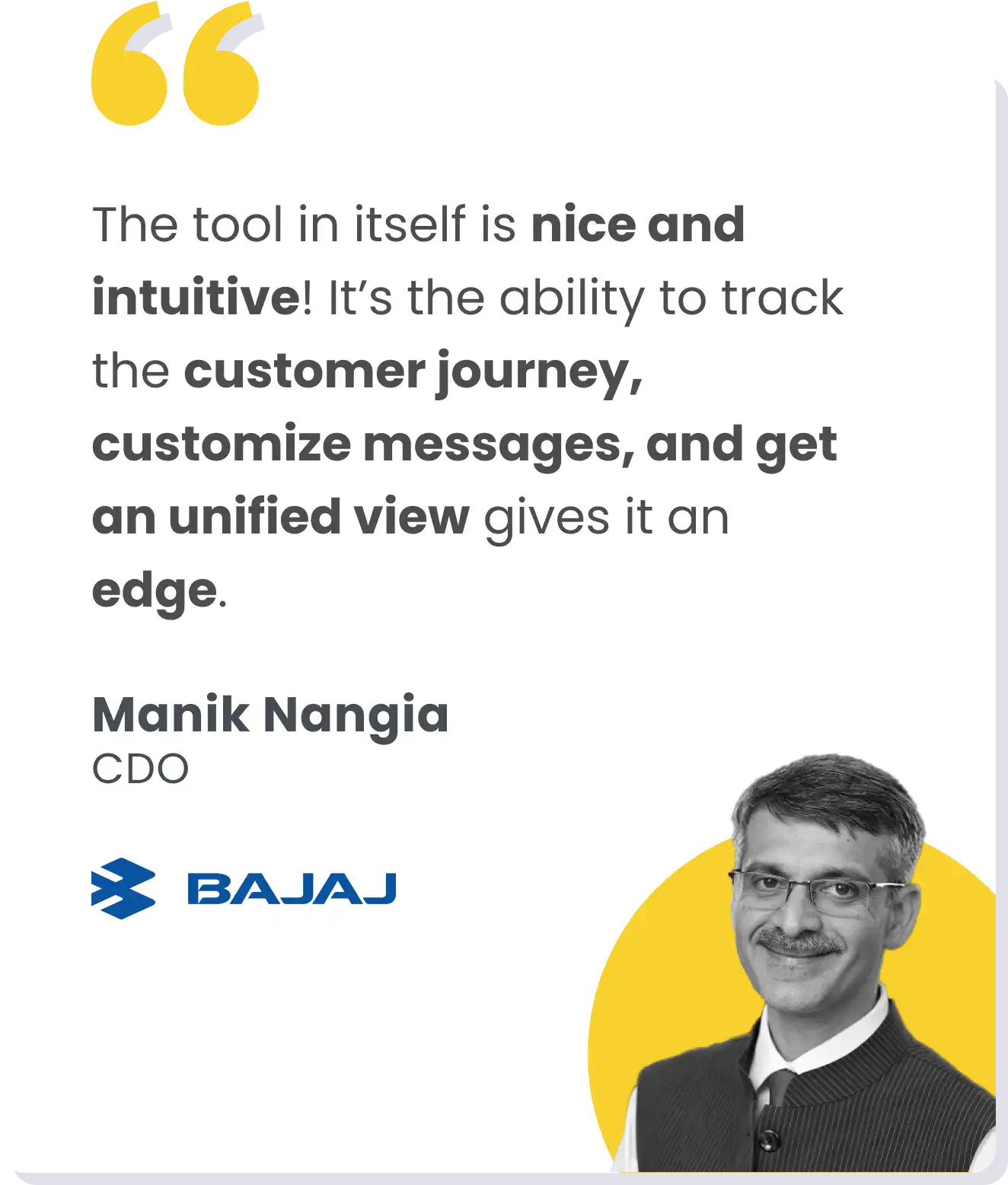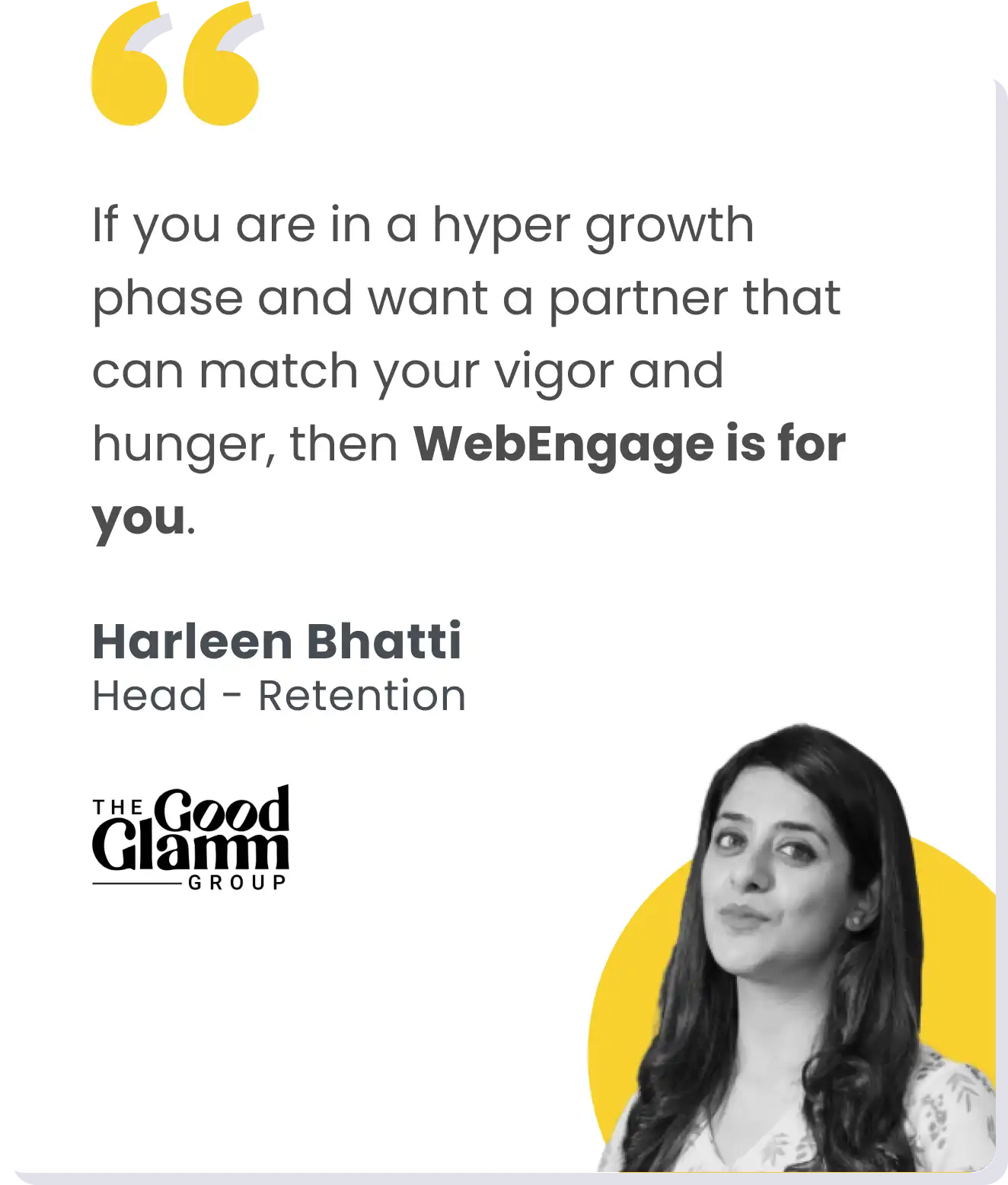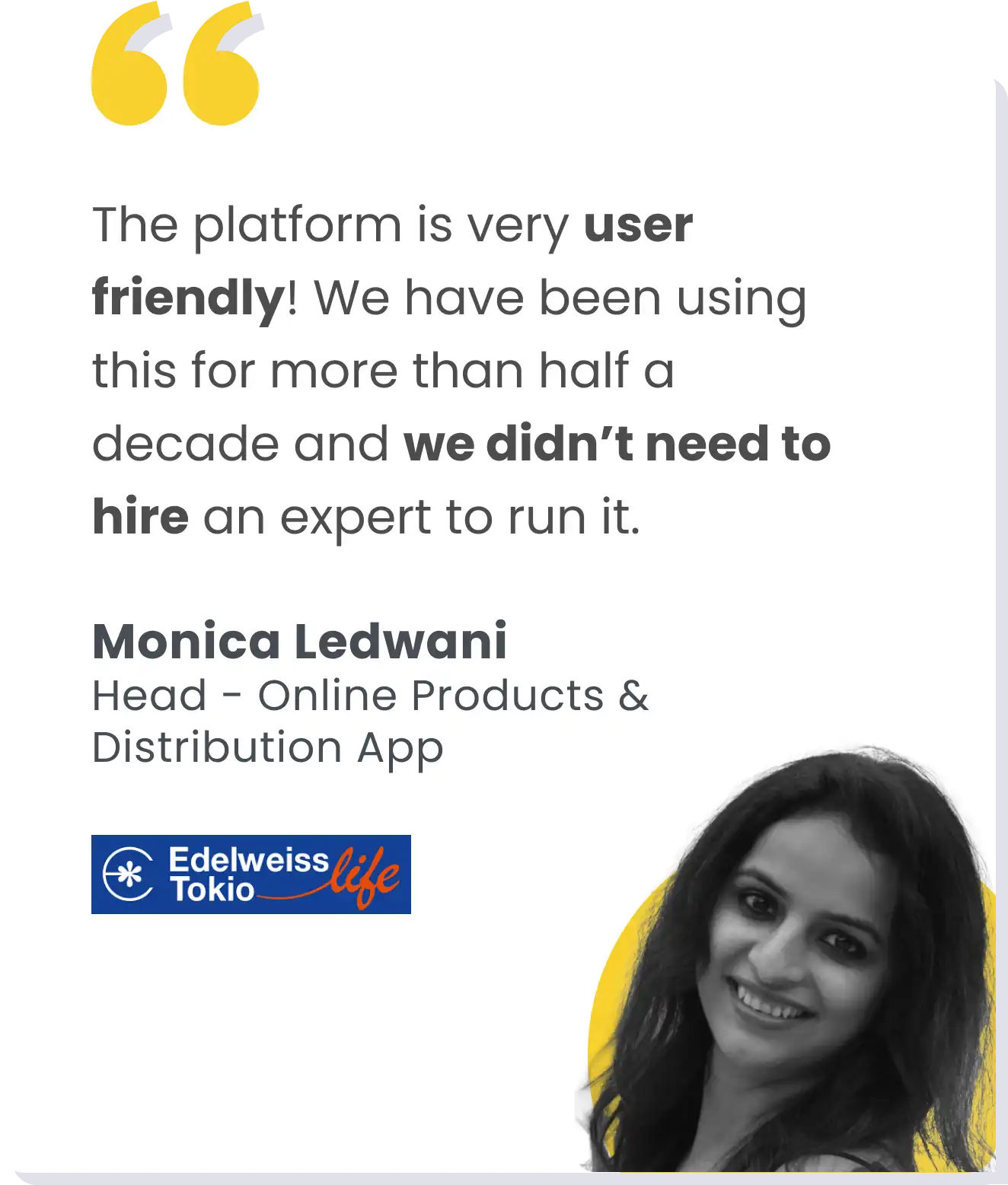When it comes to cloud gaming, many determinants set the stage right for user retention and, subsequently, player loyalty.
Considering that the gaming market in question is expected to reach a value of $314.40 billion by 2026, it becomes valuable to examine how cloud gaming brands can leverage strategies to create loyal players, encourage in-game purchases, and develop their communities.
To help you understand how to approach retention and user engagement for everything cloud gaming and gamification we spoke to Rahul Raina, VP – Products at ONMO. He gave revealing insights into ONMO’s mobile-centric approach and spilled tea on cloud gaming, from managing in-game currency to exploring gaming’s influence on diverse sectors.
Let’s dive in. 😊
Driving Retention & Metadata Magic in Early Digital Times
When we started building ONMO as a subscription-based B2B2C gaming platform, we realized that to provide effective recommendations to users or to engage them, we needed to determine what to promote or recommend to them.
However, we faced a fundamental issue: our content catalog lacked sufficient metadata fields. We understood that to make meaningful recommendations, we first needed to have a comprehensive set of metadata.
Using the knowledge gained from the early days of digital music, we explored innovative ways to drive user retention and metadata management. Our journey began with audio fingerprinting, attempting to map metadata to music files using fingerprint-matching technology.
However, this approach proved unsuccessful due to low accuracy levels. We then discovered simpler methods, including the surprising use of SMS as a channel for content promotion and customer engagement.
Through our experiences, we learned the importance of converging channels and accessing codes to understand regional content preferences.
In India, we noticed significant differences in user preferences even between adjacent districts, requiring micro-targeting strategies using different artists and localized content. To address these challenges, all our campaign management tools again have been built internally for the same reason.
It’s pre-integrated or designed, and we get to find which one works very well with all our internal systems from a recommendation point, from a billing standpoint, and also from the tools that we use. Now we want to ensure that we deliver what the consumer wants.
Navigating Global Complexity with Localization
With a subscription-based model and no in-app purchases or ads, ONMO leverages telco partnerships for distribution and monetization. Even though we operate globally there’s still an inherent complexity in navigating localization, user journeys, channels, and frameworks.
What we intend to do is deliver superior value or experiences than what users get to experience from any other channel out there, so we offer downloads on the cloud with a very differentiated experience.
The content format itself is extremely different. We kind of break down the games, and we call them “moments” as our Unique Selling Point (USP).
We extract the most popular and exciting parts of the games and offer them as bite-size challenges for the users to enjoy. Then, the real value comes in, as our players can enjoy these moments with their friends. It could either be competing with them or collaborating in a co-play mode with them.
Localization is a big deal for us, as we tailor our offerings to each country’s language and content preferences. For instance, in India, people are accustomed to using one-time passwords (OTPs) for transactions. However, this preference may not necessarily translate to digital services in other markets, where users may have different habits and expectations.
In some markets, the acquisition channel requires users to go through a digital journey involving multiple steps, such as clicking on a banner, landing on a webpage, acknowledging the service offering, and then responding to an SMS to confirm their interest. In other cases, users may receive an SMS with a USSD code to access the service.
These varying regulatory frameworks and firmware requirements in different markets pose significant challenges. Nevertheless, our users in each country adapt to the existing frameworks, and our strategy is to accommodate these differences. For example, the complex flow I described, which transitions from digital to analog, works effectively in various markets, including India, where OTPs are widely used.
ONMO’s product organization is strategically distributed across four locations: India, Montreal, Sweden, and Vietnam. These locations allow for diverse expertise and perspectives, enabling the development of a robust and adaptable platform.
Product thinking and design happen primarily in India, while R&D takes place in Montreal and Sweden. The cloud element is built and maintained by the Swedish team, and the AI visual recognition technology is developed in Montreal. Additionally, a small dev team in Vietnam supports the front-end development of the product. We also have a growth team handling everything marketing and scaling of the product.
Retention Strategies in Gaming Platforms
I’ve heard that the gaming ecosystem offers some of the highest lifetime values.
Our approach to prioritizing retention has been to focus on Day 0 (D0) metrics, which is crucial since our funnel works differently than traditional D2C brands.
We bring users in, get their commitment, and then ensure they continue to engage and get charged. We define a ‘healthy user’ as someone who converts into a chargeable user within D0, with a target of 70% globally.
We offer free trials to encourage commitment, and our emphasis on D0 helps us avoid investing in users who may not generate positive returns. Instead, we look at early indicators to determine if our campaigns will generate good LTV.
Once users have committed and paid, we focus on ensuring they start playing and experiencing the service to generate long-term engagement and retention.
We’ve been on this journey for two and a half quarters, building a decent engaged user base, and now our focus is on retaining these users while continuing to acquire new ones.
Gamification Strategies to Enhance User Engagement and Retention
To engage and retain users, a summary of what we’re doing at ONMO is:
- Building the right context within the product to excite users
- Identifying users who play multiple games and offer incentives
- Using triggers like leaderboards, streaks, and personalized nudges to keep users engaged
- Making initiatives broad-based, focusing on commitment rather than skill
- Encouraging users to keep playing and improving their chances of topping the leaderboard
This approach has transformed our retention rates, with users feeling invested in the product and motivated to continue playing.
Let’s make this more practical. 📝
There are various cohorts and user behaviors that we look at because we’re a multi-game platform with different use cases. Any user who moves on from playing one game to more is more invested in the platform.
At the other end of the spectrum, we can also find users who don’t stay long, play one or two games, and leave. Some users come in to play excessively and blow up all the coins that have been given to them as part of that subscription.
Mostly with the mind that they paid for it and should make full use of it, but they end up churning at the end of the month. To tackle this, we typically give in terms of duration against a subscription. You would get anywhere between 20 and 25 hours of usage in a month.
Another good example is that the best users are not the ones who keep winning a lot. The best users are the ones who are at a moderate level of winning and losing. This pattern keeps them coming back, and for better retention, we incentivize them.
Using the leaderboard and challenges also helps us lure them to come back and keep engaging with the product. So what we notice is one of the most intrinsic values that could be offered to the users is an achievement system.
You can brag on social media about your trophy and even share your wins with friends. Streaks have also been helpful for triggers and push notifications, so you get notified if you dropped in your rankings on the leaderboard and you’re bugged to come and fix it.
Traditional gaming companies often use highly skill-based autonomous systems, where players can earn a high rank and feel no need to try again. However, we realized that this approach can lead to a decrease in attempts and engagement from users who feel it’s too difficult to reach the top of the leaderboard, as they’re comparing themselves to the most skilled players.
This is why we shifted our approach to make it more inclusive and focused on commitment, rather than just skill.
Optimizing Acquisition: Balancing RoAS and User Engagement in Gaming
To optimize acquisition, we focus on balancing Return on Ad Spend (RoAS) and user engagement.
We’ve noticed that 20% of our players respond to retention pushes, which increases to 35-40% when we target specific segments like young professionals (ages 25-35) and females (ages 35+).
This makes us target tier-one cities, where we get the most bang for our buck, but plan to expand to tier-two markets as we scale. We track early metrics like D0 engagement, as well as long-term metrics like LTV (Lifetime Value) and Age on Service (AoS).
We’ve developed a metric to measure AoS, which indicates user engagement and retention. We also track campaign performance and adjust our strategy accordingly.
To prevent users from burning out, there are top-up packs, and we nudge them to consider implementing features like referrals and shared subscriptions, which have proven successful in other industries, such as music and streaming services, where we have experience.
While the gaming industry can be challenging to navigate, especially prioritizing user engagement, companies within the industry must find what works for them and stick with it. This concludes our incredible session with Rahul, but the conversation doesn’t end here. To hear more of his expert insights and inspiring stories, check out the full podcast on Spotify if you’re an audio lover or YouTube for the visuals. And don’t forget to leave a comment sharing your thoughts and takeaways – we’d love to hear from you!





